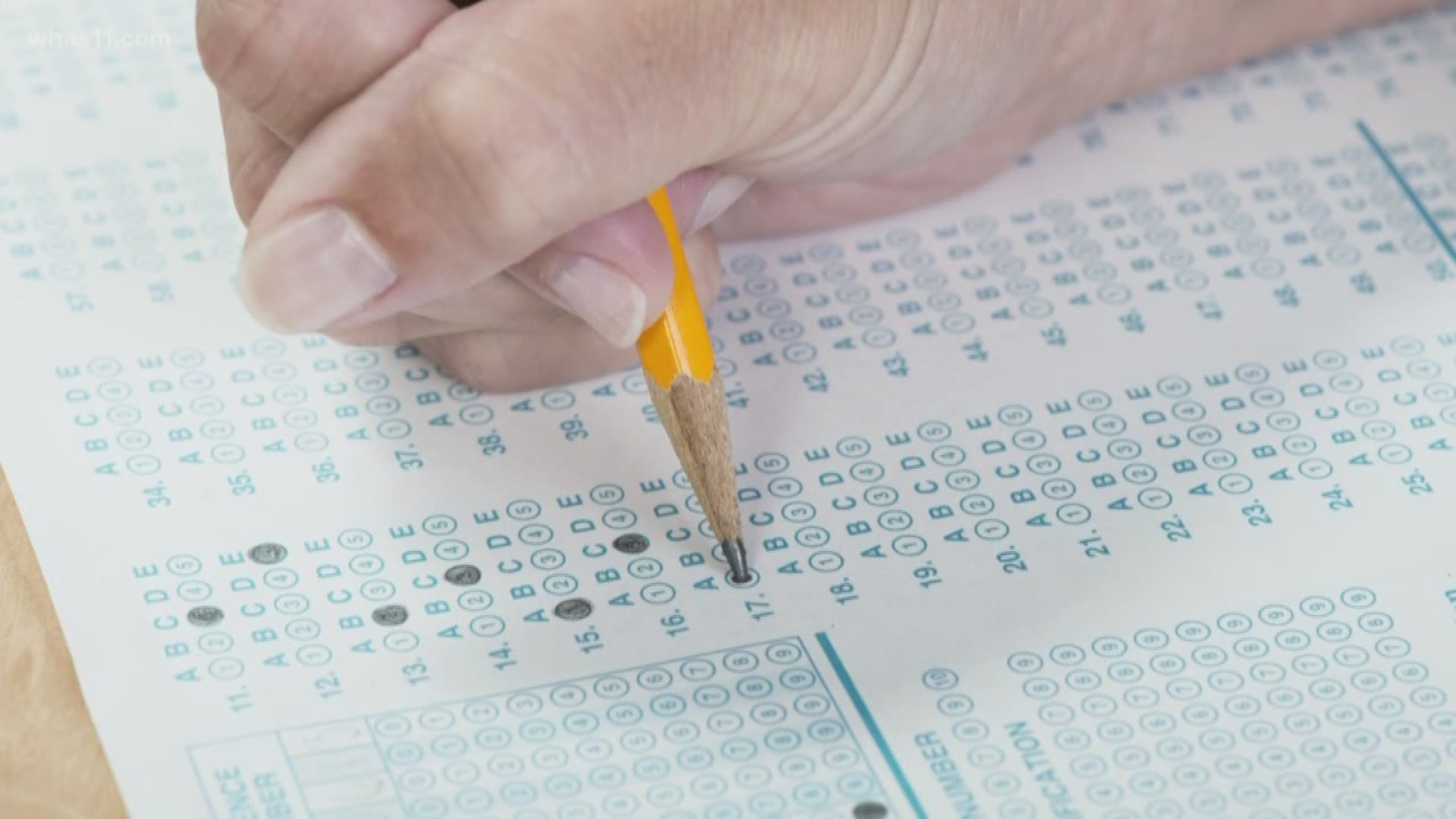LOUISVILLE, Ky. — They’re at the top of the list for every back-to-school shopper: pencils. And not just any pencil will do—they’ve got to be No. 2 pencils. But, what the heck is a No. 2 pencil? And when I’m taking a standardized test, why am I lead to believe it’s a No. 2 or bust?
Turns out, it’s not exactly No. 2 or bust. Still, if you want to make sure you give yourself the best chance for success, you should follow the rules.
“You can use a No. 3, you can use a No. 1, you can use any number you want,” confirmed Mary Arnold, the Elementary Art Teacher Leader for Floyd County Schools.
“But, if you want the most accurate count, you’re going to want to use a No. 2… I remember taking scantron [tests] when I was in school, and it was the little bubble that you filled in and the tests would always say ‘make your marks heavy and dark.’ Well, the number 2 pencil is perfect for that.”


Here’s the deal with the number: it actually tells us how dense the lead in the pencil is. The higher the number, the more dense the lead. For the purposes of a test, a No. 1 pencil is a little too soft, and smudges easily; as you get higher in number, the lead becomes too dense and brittle to write and erase easily.
The No.2 pencil, on the other hand, is like the Goldilocks of pencils. It’s just right. It fills in the circle completely, with a nice rich mark, but can still be easily erased and doesn’t dent the paper.
Ironically, these kids today with their rock and roll music are taking more of their standardized tests on computers—so, the pencil is becoming less relevant in that regard. Still, the lead number plays an important role in other ways, hence why I talked to an art teacher for this topic.
“A lot of times when kids draw with really hard pencils, it’ll put indents in the paper,” Arnold explained. “Just being able to erase safely, not have it smudge, and not have it completely dent the paper is important for us art teachers.”
P.S. I’ve been referring to the density of pencil “lead” in this article, and we all colloquially call the writing matter in pencils lead. But there’s no actual lead in pencils, and there never has been. Pencils are actually made with graphite, which explains why I didn’t come down with lead poisoning when I accidentally stabbed myself with a pencil back in the 5th grade.
MORE:
---
Want to know "WHAS up" with something? Rob Harris is your guy. He's talking to some of the smartest people in our community to find out more about science, history, urban legends, local quirks, and more.
Have a question or topic you want him to check out? Send him a tweet or a Facebook post.

